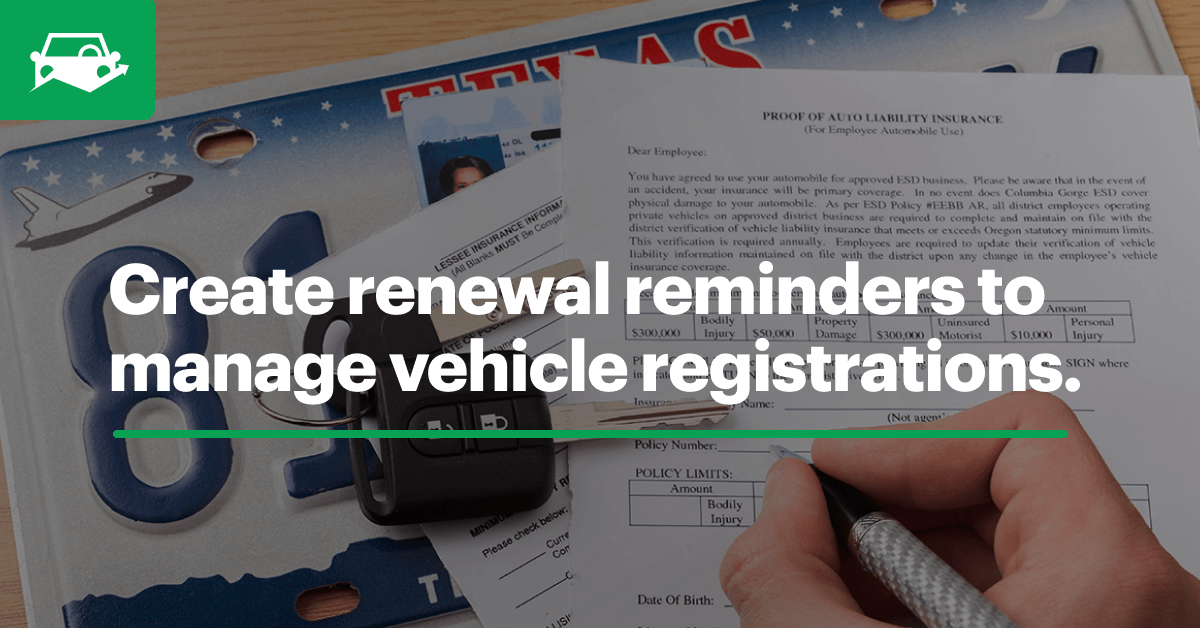When it comes to daily fleet operations, vehicle inspections are a vital (and often required) piece of the puzzle.
Between performing multiple types of vehicle inspections (pre-trip, post-trip, etc.) and acting on maintenance issues, inspection processes can take up a major portion of a driver and fleet manager’s time.

Check out three ways to cut down on time spent completing vehicle inspection reports while maintaining or even improving the report quality.
1. Systematize the inspection process
Train drivers to complete vehicle inspections the same way, every time. The inspection process will become habitual. Drivers will develop the same routine when conducting pre-trip and post-trip inspections, establishing consistency and repeatability. Implementing an inspection routine increases efficiency while ensuring drivers are focusing on aspects of the vehicle inspection that the fleet finds significant. Click to Tweet
When creating a system for inspection processes, develop a procedure manual and training program. Study the process of drivers in the fleet who currently perform consistent, effective inspections. Model the manual and training program after their routine and techniques. Items to include in the manual include tasks, frequency, personnel performing the tasks and necessary materials used.
In order to assess the effectiveness of the new inspection processes, analyze the overall cost of the program, the cost of vehicle repairs compared to costs before the program was implemented as well as the time vehicles are in the shop compared to the time before the new program.
2. Don’t cut corners
Train and equip drivers to conduct proper, thorough vehicle inspections. More thorough inspections allow drivers to discover vehicle issues earlier. This ensures that vehicles spend more time on the road rather than returning to the shop (and saves money on reactive repairs).
Provide specific instructions for each item on vehicle inspection forms and checklists. This eliminates error or misinterpretation of an item.
For example: Since “Check brakes” could have various requirements depending on vehicle type, include specifications explaining what the driver should do for that specific vehicle. Providing detailed instructions on the form ensures the driver can use it for reference during the inspection process. This also ties back to systematizing the process and helps ensure consistency.
3. Go paperless
The speed at which vehicle inspection reports are completed partly relies on how quickly the driver can assess and write. When a maintenance issue pops up, more time is added as the driver writes a (hopefully thorough) description of the failure.
Use electronic forms to allow drivers to simply click through the inspection checklist. Once complete, the form is immediately sent to relevant parties, removing the lag time present when the driver must transfer a completed paper inspection report to the fleet manager.
If there is a vehicle issue, the driver no longer needs to spend time writing a description or drawing a picture. Instead, the driver can quickly snap a photo on a mobile device and move on. When using digital forms, inspection data is automatically stored, eliminating the need for manual data input.
Learn even more about going paperless! Check out Vehicle Inspections: 4 Benefits of Going Paperless
Sources: Fleet Management, 11th Edition by John Dolce ;
Repeat, Repeat, Repeat, Fleet Owner by Jane Clark



